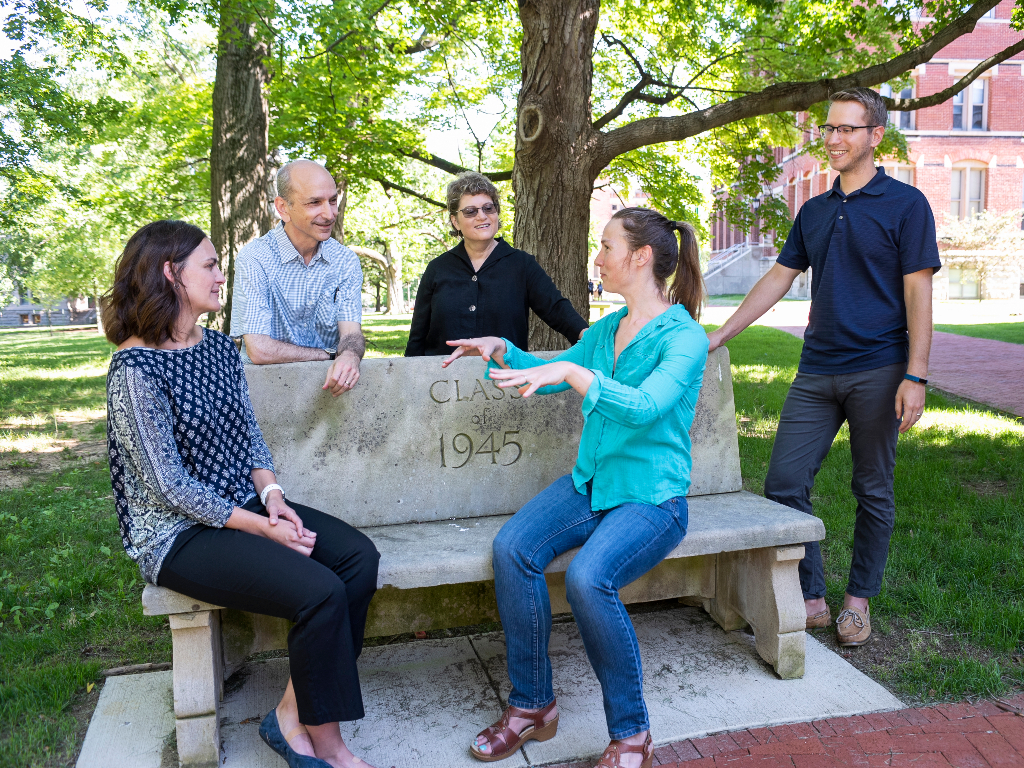The Hoosier Life Survey (HLS) is one of the most comprehensive statewide public-opinion surveys of environmental change to date. Conducted between August and December 2019, the survey offers Indiana-specific insights on public attitudes toward environmental change, personal values, trust in news media, attitudes toward a variety of kinds of risk, and more.
ERI Fellow Matthew Houser, IU Professor Eric Sandweiss, the IU Center for Survey Research, and their collaborators reached out to 10,000 Hoosiers across the state, focusing on seven distinct historical and geographic regions and their major communities: the Industrial Northwest, Corn and Soy Belt, Metropolitan Indianapolis, Southeast, Wabash River Valley, Southwestern/Indiana Uplands, and Ohio River Valley.
In total, more than 2,700 Hoosiers—representing 90 of the state’s 92 counties—responded. Taken together, respondents’ answers show what Hoosiers think about environmental change—its origins, its extent, its impact on their families. The survey also indicates how Hoosiers learn about the issues vital to their future—who they trust, who they listen to, and who they’d like to hear more from.
The HLS highlights how much Indiana residents are already doing—or are prepared to do—to build resilience against environmental change. And it reveals the role of political and personal values—along with social, demographic, and economic differences—in shaping Hoosiers' approach to a global challenge.
Among the survey’s key findings:
- More than half (58 percent) of Hoosiers believe that environmental change is adversely affecting Americans right now; more than two-thirds (72 percent) believe that they, themselves, will feel its impact in some way.
- Roughly one-third of Hoosiers report experiencing recent increases in each of these adverse signs of environmental change: heavy rains, hot days, and mosquitoes. Only a small minority have perceived a decrease in these or other climate-related problems.
- A majority of Hoosier households have already taken simple steps (e.g. shade trees, improved insulation, programmable thermostats, etc.) to improve their household’s resilience in the face of extreme weather events; a substantial minority would like to do more.
- The number of Hoosiers expressing support for public funding of resilience improvements rises if the proposed cost is borne by wealthier residents or by those industries with the greatest direct responsibility for greenhouse gas emissions.
To view more Hoosier Life Survey results, go to the Hoosier Life Survey Opinion Map page.



